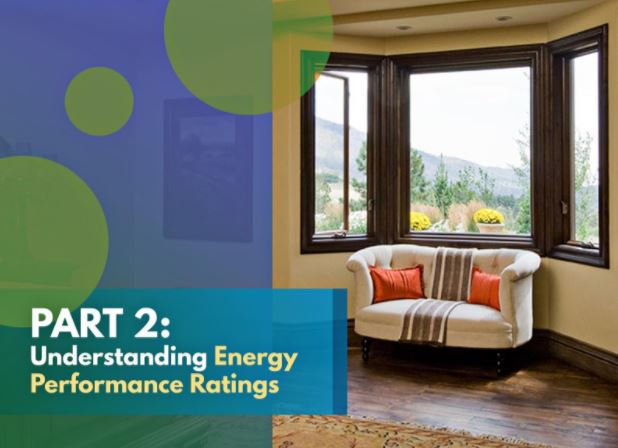How does a replacement window’s energy efficiency get measured? Knowing this can make all the difference in your purchasing decisions, helping pave the way for a more comfortable and energy-efficient home for you. The National Fenestration Rating Council (NFRC) has set the standard for a window product’s energy performance with these ratings:

- U-Factor. This measures how effectively your replacement window can keep heat from escaping your home. The lower the number, the better the unit is at keeping heat in.
- Solar Heat Gain Coefficient (SHGC). This rates how well your windows resist unwanted heat gain, which is especially important during the summer. Investing in windows with lower SHGC can help reduce your cooling bills, but take into account the glass included with your replacement unit because it plays a huge role in blocking heat transfer.
- Air Leakage. This measures the amount of air that can enter your home through the window. A lower number means less potential for air infiltration, helping prevent thermal instability. The kind of framing material you choose for your new windows is essential to this. To ensure superior insulation from your new windows, make sure to choose a durable framing material that can keep airtight seals.
- Visible Transmittance. It rates how much natural light can spill into your home via your windows. Depending on your location, the amount of daylight entering your rooms can help cut back on artificial lighting bills. A higher number means more natural light coming in, which makes a replacement more ideal for your daylighting efforts.
The NFRC also measures condensation, but it is an optional rating for manufacturers to include, which is why you may or may not see this rating on the label. This rating determines how well your windows resist condensation, an essential factor to your unit’s longevity and energy performance. There’s also R-value to consider, which measures the insulating properties of a given product.
What’s the Difference Between the ENERGY STAR and NFRC Labels?
The white and blue ENERGY STAR® label indicates a window is energy-efficient. The distinctive black and white NFRC label, on the other hand, shows you why a window is energy-efficient via the numbers on their performance category. This helps you compare between energy-efficient products more easily.
Head on over to Part 3 of this blog series, where we will be discussing the ways you can optimize the energy efficiency of your new windows.



